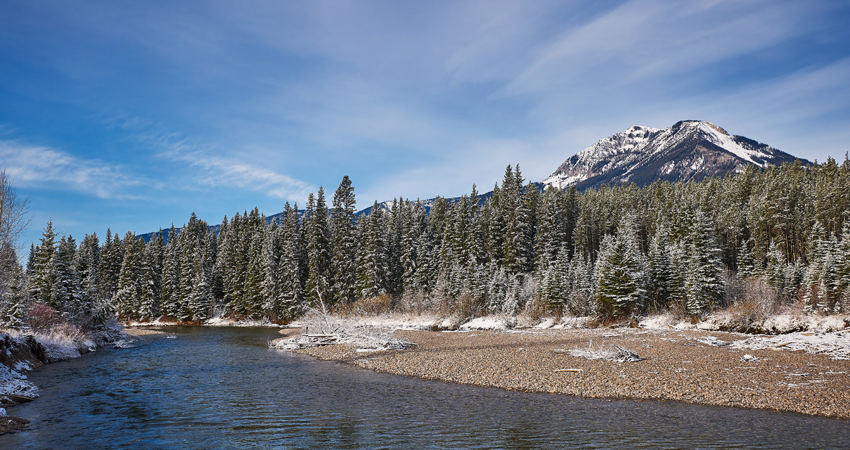A land acknowledgement is a way of showing respect and honouring the land on which we all live, work and play.
It is also an act of reconciliation that involves recognizing the territories of Indigenous People who occupied and continue to occupy and steward the land.
Territorial acknowledgements are often concise, focusing on the two components in the term— ‘territory’ and ‘acknowledgement’.
A land acknowledgement is usually delivered orally, for example, “I am grateful to live, learn and work on the ancestral territories of the ʷməθkwəy̓əm (Musqueam), Skwxwú7mesh (Squamish) and sel̓íl̓witulh (Tsleil-Waututh) Nations.”
When writing a land acknowledgement, consider including the following elements: name the Indigenous territory or territories you are on; explain why you are acknowledging the land, and consider drawing a link from the relevance of Indigenous rights to the subject matter of your event or meeting. Although usually brief, it is customary to make a personal connection. For example: “We would like to begin by acknowledging that we are fortunate to be able to conduct our work within the territory of the Ktunaxa Nation. We are committed to working in partnership with the Ktunaxa Nation as stewards of Ktunaxa ?amak?is.”
For any formal written land acknowledgement on behalf of Teck, please consult your local Teck Communities team. The Communities teams across Teck work closely with the Indigenous Communities whose traditional territories we work within and rely on their advice and input.
For any general questions or for additional information about land acknowledgements, or for more resources on Truth and Reconciliation in Canada, employees are encouraged to speak to your local Teck Communities team or Heather Lawrence, Manager, Indigenous Affairs.


